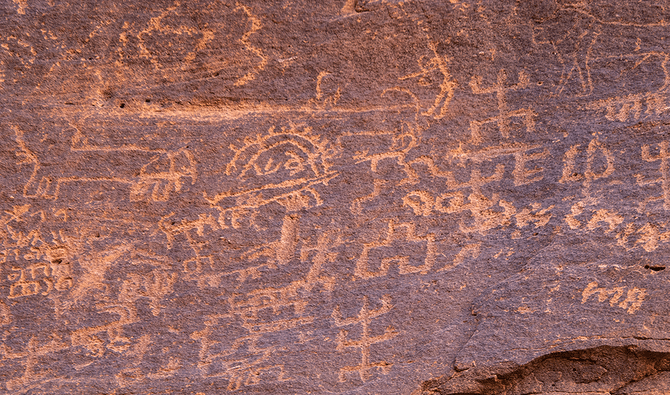The Saudi Arabian Heritage Commission has announced the discovery of one of the oldest Arabic inscriptions in the country during survey work. The inscription, ranked as the sixth-oldest based on current records, was found in the Al-Haqqan mountain within the Hima cultural area in the southern Najran region of Saudi Arabia.
It was originally recorded by an Arabian merchant named Ka’b bin Amr bin Abd Manat around 380 AD. Abd Manat encountered the inscription while traveling back to his home in the northwest of the Arabian Peninsula. He recorded and sealed the Arabic inscription with the date of its creation using the Nabataean calendar’s symbols with numerical values.
This recent discovery of the Al-Haqqan inscription is a significant historical find, adding to the collection of early Arabic writings before the rise of Islam. It also represents an important stage in the development of Arabic writing. The Kingdom of Saudi Arabia has other older inscriptions in various regions, such as AlUla, Najran, Jouf, and Tabuk.
The Heritage Commission is actively engaged in exploring the heritage of different Saudi regions and preserving protected areas. The commission recognizes the cultural and economic value of antiquities and national heritage, aligning with the goals of the National Strategy for Culture under the Kingdom’s Vision 2030.
The Hima cultural area, where the inscription was found, is a vast open museum with numerous ancient inscriptions and burial mounds. It is listed as a UNESCO World Heritage site and stands as one of the most significant archaeological sites in the Najran region. The area spans approximately 557 square kilometers and contains caves, mountains with rock art, and thousands of inscriptions.


